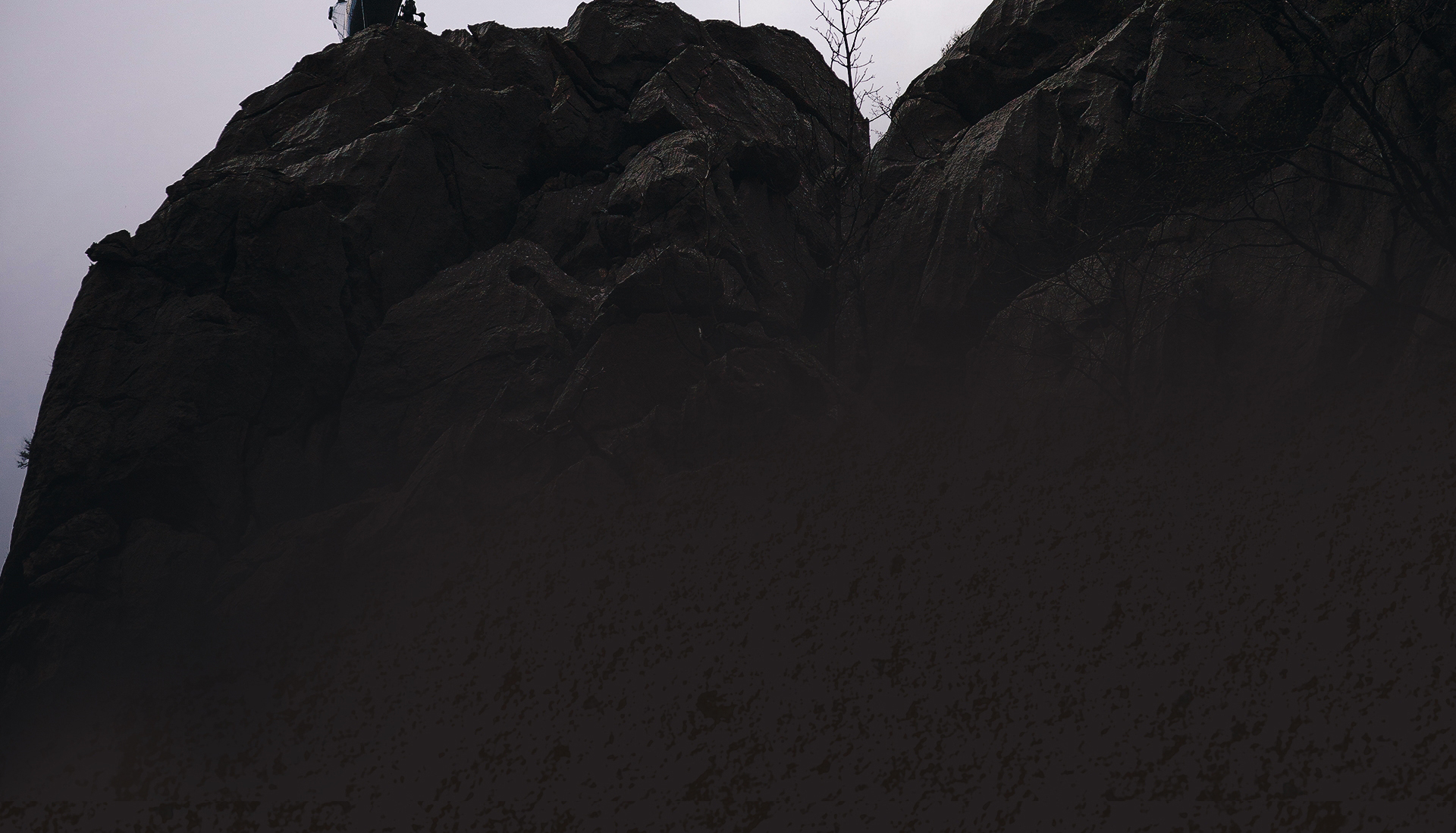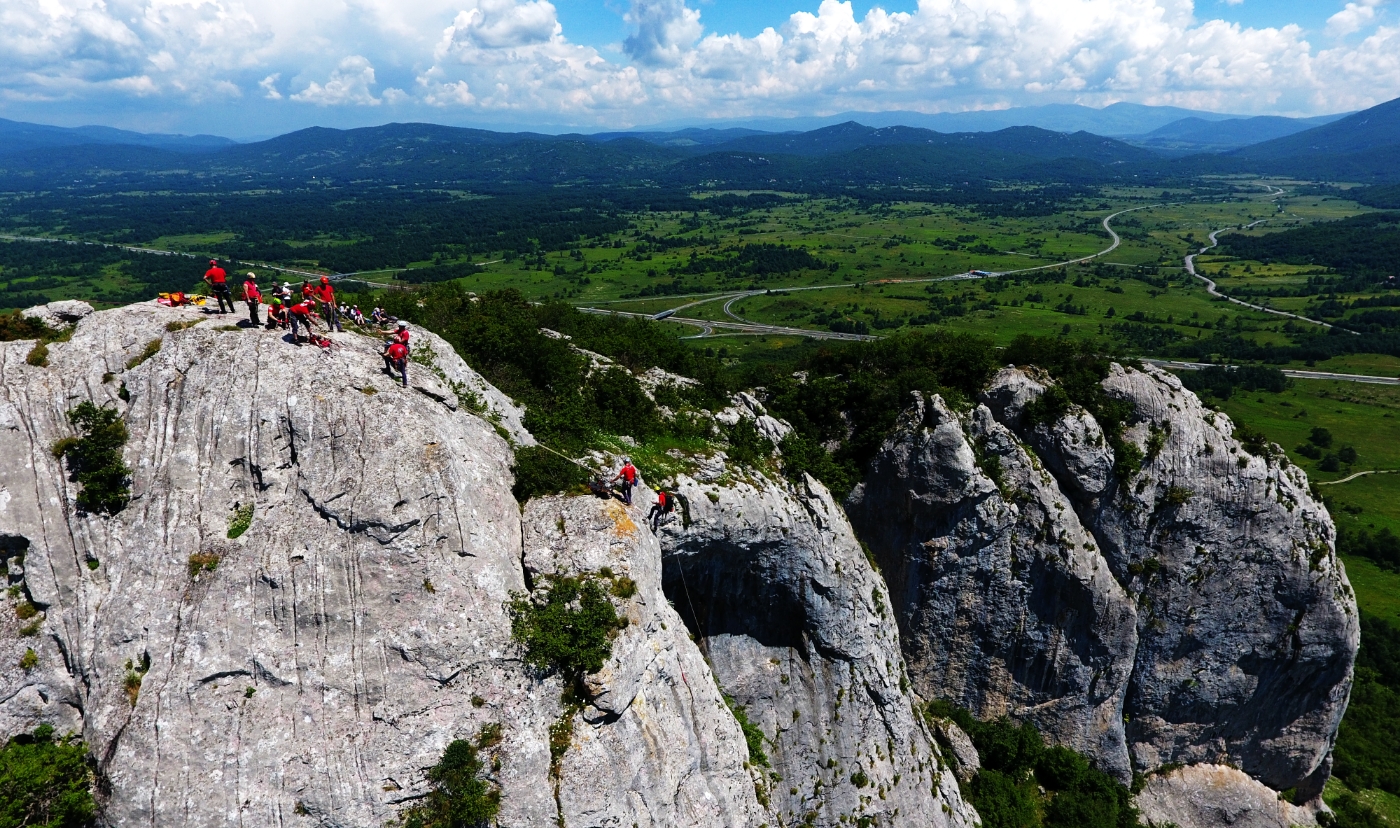High altitude mountains are the ones rising 2500m and higher above sea level.
Mountains rising 2500m and higher above sea level are considered high altitude mountains. That altitude is the limit above which temporary symptoms, or serious health issues, may occur. Safety risks in high altitude mountaineering should be taken seriously and prepared for.
Mountaineering
The most important advice we can give is to choose an activity which suits your physical and mental capabilities.
- never mountaineer alone
- always inform someone about your route, expected time of return and stick to your plan
- leave a written trace in mountaineering evidence books in lodges and peaks
- ask experienced mountaineers for advice and take them into consideration
- prepare yourself for weather condition changes. Pack spare clothes and protection from elements (rain, wind)
- always pack a headlamp to be able to move in case of low visibility or during nightfall
- always pack your first aid kit
- always pack a map and compass, and learn to use them correctly
- follow marked trails
- hiking boots are essential for mountaineering
- don’t go mountaineering in the days following serious rain or snowfall
- pack your mobile phone with a fully charged battery
- learn how to read coordinates of your location using a smartphone
High altitude mountains are the ones rising 2500m and higher above sea level
- gain as much experience as possible in lower altitude areas before going into high altitude mountains
- basic or even advanced alpinist knowledge is essential for high altitude mountaineering especially if you are going on tougher routes.
- pack your essential gear like spare clothes, technical gear, protection from sun and insects, first aid kit but beware not to overpack your backpack
- inform yourself of your route by reading literature or asking experienced mountaineers for advice
- success and safety during the climb highly depend on physical and mental preparedness
- the human body burns a lot of energy in high altitudes. Therefore, it is necessary to eat high calory foods that are easily digested
- the temperature drops approximately by 0,65 to 1 Celsius degree for every 100 meters of altitude
- climb carefully and steadily without rushing and running. Your body needs time to acclimatize to lower oxygen conditions of higher altitudes
- learn to recognize the symptoms of high-altitude sickness (nausea, headache, lack of appetite, weakness…). Should you feel any of the symptoms, it is best to cancel your trip and get to a lower altitude
- hydrate yourself. Among other reasons, dehydration can occur due to lower atmospheric pressure and it is essential to drink water constantly during your trip.
- pack your gear: pickaxes and crampons are essential gear for high altitude mountaineering in snow conditions that can occur above 2500m even in summer months. If you are going to mountain areas where there is a possibility of avalanches, always carry an avalanche transceiver, a shovel and a probe. Learn to use the equipment otherwise it has no purpose.
- there aren`t any mountains higher than 2500m in Croatia but this advice can equally be applied to mountaineering in mountains such as Velebit or Biokovo though it mostly applies to Alpine mountaineering as those locations are often the aim of Croatian mountaineering expeditions.
- the European emergency number is 112 (applies for Switzerland too)
- should You need help don`t hesitate to call for mountain rescuers.
- Remember that the best alpinists and high-altitude mountaineers are the ones who are still alive.




